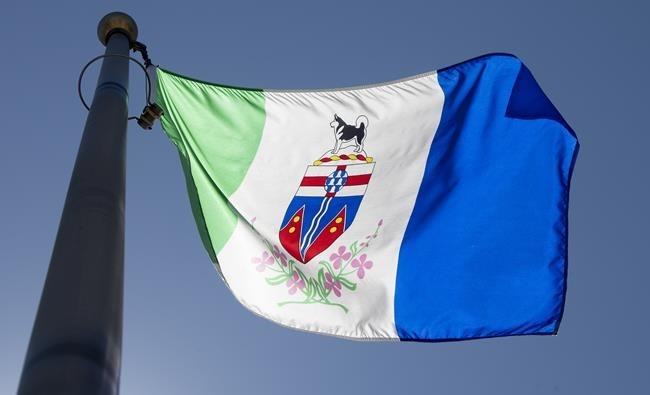The census data for 2021 tells a very different story across Canada's three territories. Yukon led the country in population growth from 2016 to 2021, increasing by 12.1 per cent and bringing its population from 35,874 to 40,232. It was also the only territory that grew faster than Canada overall. Nunavut grew at a slower pace than the rest of the country, while the population of the Northwest Territories fell slightly from 41,786 to 41,070. According to StatCan, the Northwest Territories and Nunavut are the only jurisdictions in Canada where population increase relies on natural growth.
Here's a look at the data:
Yukon
2021 population: 40,232
2016 population: 35,874
Population percentage change: 12.1 per cent
Total private dwellings: 19,610
Private dwellings occupied by usual residents: 17,181
Population density per square kilometre: 0.1
Land area in square kilometres: 472,345.44
Some communities with the most growth:
Ibex Valley, 27.1 per cent
Whitehorse, Unorganized, 26.1 per cent
Faro, 26.4 per cent
Tagish, 24.9 per cent
Macpherson-Grizzly Valley, 23.7 per cent
Some communities with the least growth:
Stewart Crossing, -41.2 per cent
Teslin Post 13 3, -36.7 per cent
Destruction Bay, -27.3 per cent
Beaver Creek, -16.1 per cent
Burwash Landing, -11.1 per cent
Northwest Territories
2021 population: 41,070
2016 population: 41,786
Population percentage change: -1.7 per cent
Total private dwellings: 17,603
Private dwellings occupied by usual residents: 15,207
Population density per square kilometre: 0
Land area in square kilometres: 1,127,711.92
Some communities with the most growth:
Region 5, Unorganized, 19.4 per cent
Whatì, 15.5 per cent
Paulatuk, 12.5 per cent
Sambaa K’e, 10.2 per cent
Lutselk'e, 9.9 per cent
Some communities with the least growth:
Region 1, Unorganized, -100 per cent
Region 4, Unorganized, -36.2 per cent
Enterprise, -29.2 per cent
Tsiigehtchic, -19.8 per cent
Jean Marie River, -18.2 per cent
Nunavut
2021 population: 36,858
2016 population: 35,944
Population percentage change: 2.5
Total private dwellings: 11,720
Private dwellings occupied by usual residents: 9,926
Population density per square kilometre: 0
Land area in square kilometres: 1,836,993.78
Some communities with the most growth:
Igloolik, 17.5 per cent
Coral Harbour, 16.2 per cent
Arctic Bay, 14.5 per cent
Sanikiluaq, 14.5 per cent
Naujaat, 13.2 per cent
Some communities with the least growth:
Chesterfield Inlet, -9.2 per cent
Taloyoak, -9.2 per cent
Resolute Bay, -7.6 per cent
Kugluktuk, -7.3 per cent
Iqaluit, -4 per cent
This report by The Canadian Press was first published Feb. 9, 2022.
The Canadian Press




